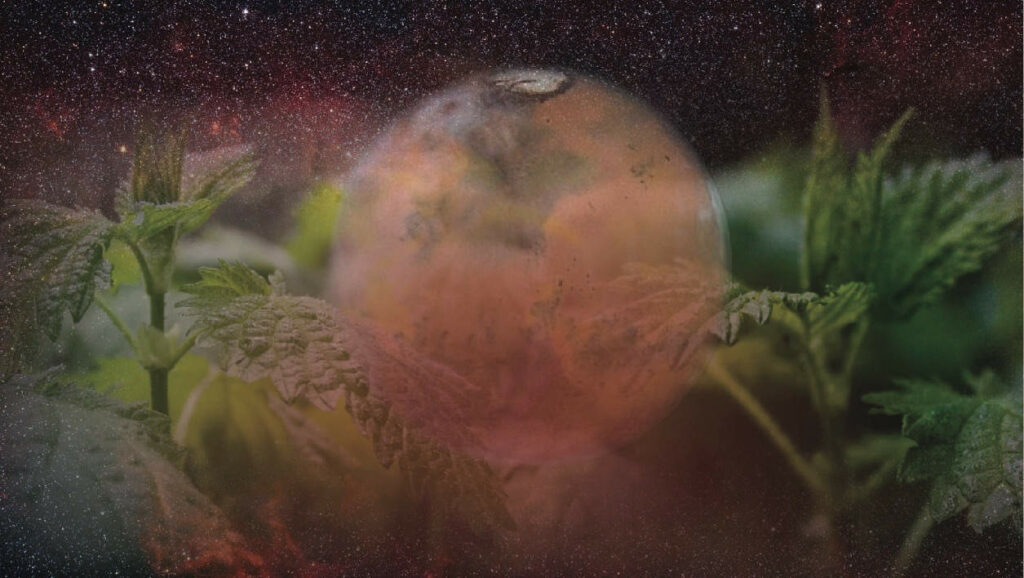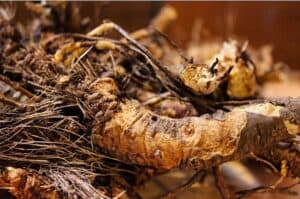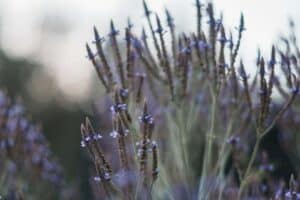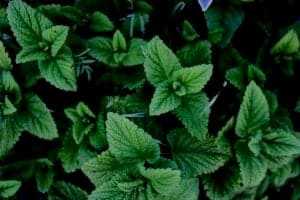Medical astrology can transform the way you see and work with people. However, did you know you can also use it to better understand the plants?
By learning about the planetary forces and the ways they express themselves through medicinal herbs, you can gain a deeper understanding of how and why the plants work the way they do, as well as how they interact with the body.
In this week’s blog post, you’ll learn:
- About the intersection of medical astrology and herbalism
- The problem with compartmentalized learning
- The Western vs. alchemical perspective of plants
- How planetary forces express themselves in nature
- How to use astrology to holistically understand medicinal plants
Table of Contents
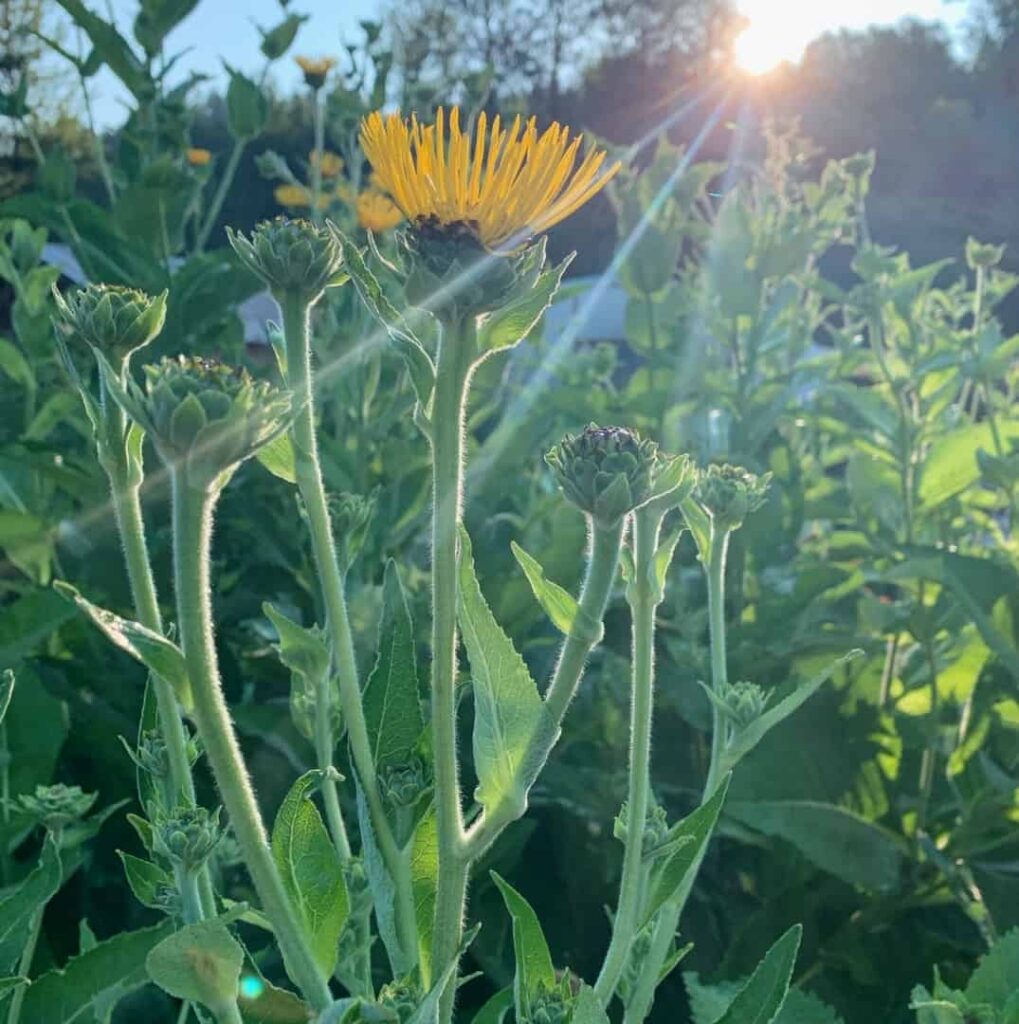
Medical astrology is an ancient system that provides you with the framework necessary to see the wholeness of a person, plant, and their connection to the cosmos.
While you can practice medical astrology by assessing your natal chart and identifying underlying planetary forces that fuel your disposition, constitution, and health, you can also use it to gain a deeper understanding of plants. By familiarizing yourself with the energies of the seven inner planets and the ways they express themselves in nature, you can develop the ability to look at a plant and determine its planetary ruler, thereby revealing other pertinent information, such as which organ systems the plant may help as well as which constitutions it may suit best.
Western herbalism often compartmentalizes different aspects of a plant by dividing its phytochemistry, herbal actions, energetics, and spiritual qualities into completely different categories. This can lead to fragmented learning, which makes the information difficult to recall, but more importantly, can lead to a fragmented practice resulting in treating people symptom by symptom rather than addressing the condition at its core and offering systemic healing.
Medical astrology grants you the skills to understand a plant on a single holistic level so that you can use this information to address the wholeness of a person for deep and transformative healing. This is because through seeing plants through the archetypal lenses of the planets, you’re able to see the golden threads that weave their various properties together into a cohesive pattern of wholeness.
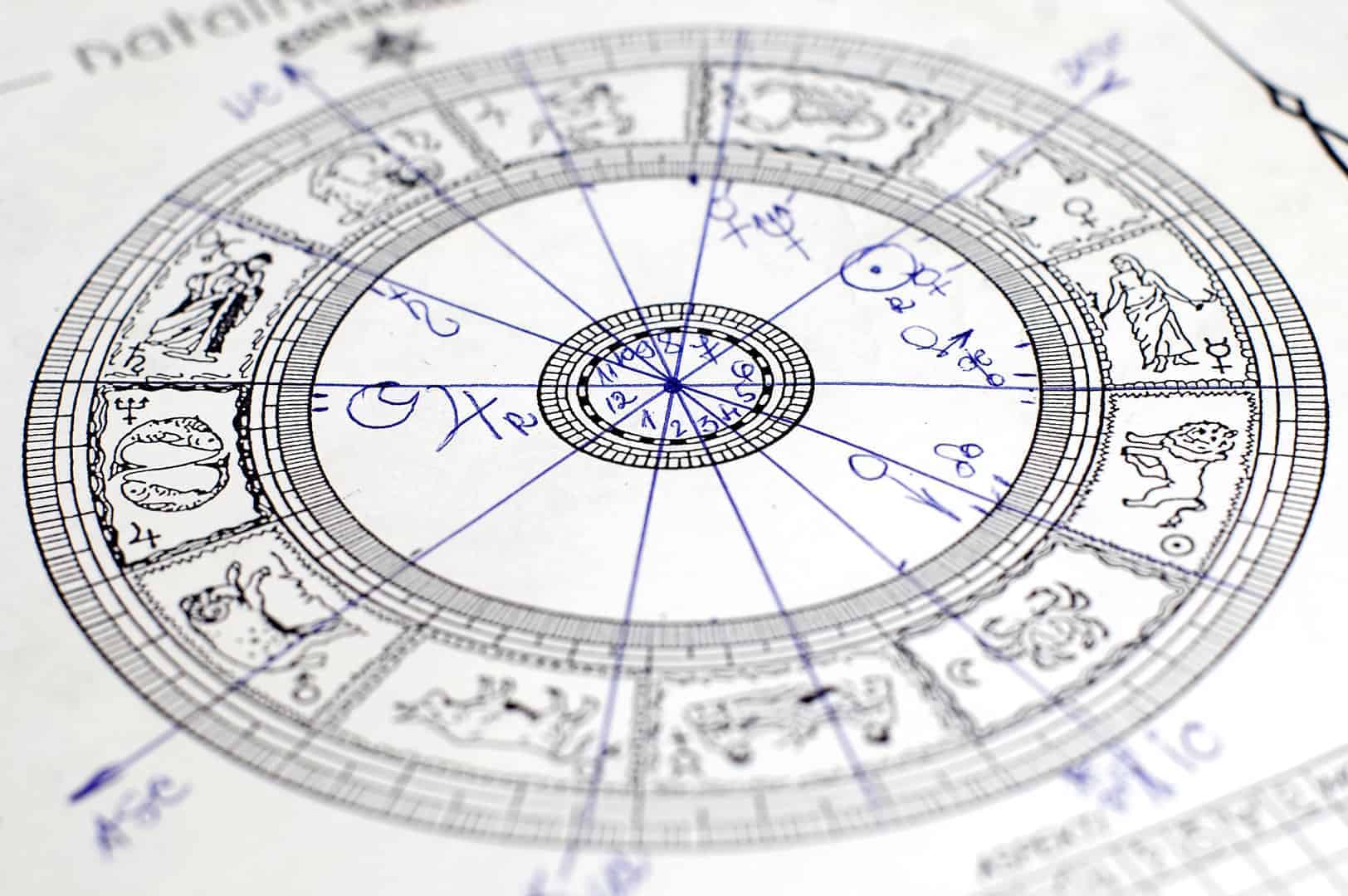
Why Astrology?
Astrology is one of the oldest systems of classification available in Western herbalism and dates back to the Renaissance era when it was considered critical learning for herbalists and medical physicians alike. Medical astrology is the practice of becoming proficient in the language of the cosmos so that you can better understand the plants that reflect them here on Earth, and the ways they provide healing.
Paracelsus, the great alchemist, said that the plants that grow on Earth are terrestrial stars and the planets in the cosmos in the sky are celestial plants. What shines above reflects below, and vice versa. The planets and plants are inextricably tied. By understanding the highway that connects them, you’ll receive a profoundly deep understanding of the plants that transform your practice.
If you take the time to study planets and learn about each one’s archetypal qualities, you’ll develop the ability to look at a plant and understand its planetary correspondence, thus revealing pertinent information about it, such as its biochemical, energetic, and psychospiritual properties. And more importantly, how those layers of the plant are inherently connected. Through recognizing the planetary influence within the plant, you will see that there is a specific vibration that permeates through every aspect of it, weaving the seemingly separate properties into a perfect melody.
The Three Principles of Plants
Sulfur, Mercury, and Salt.
What do these three elements have to do with each other? According to the alchemical tradition, these principles are the three layers that comprise a person, a plant, and really anything in nature.
If you look at a person through this lens, Sulfur refers to the soul, Mercury alludes to the spirit, and Salt represents the body. You can see this threefold expression in plants as well, with the Sulfur relating to the essential oils, the most volatile compounds in a plant, the Mercury alluding to the alcohol and water-soluble constituents, and the Salt as the plant body and its alkaline mineral salts, which are extracted through the process of calcination. This is how the alchemists understood the anatomy of a plant and how Sulfur, Mercury, and Salt each have a physical manifestation.
If you take a step back, you’ll see that the Sulfur of a plant relates to its soul essence, which many folks refer to as the spirit of the plant (though in alchemy the soul and spirit are truly seen as different layers of a being). This soul essence permeates through every aspect of the plant and can be experienced through cultivating a deep relationship with it through meditation, plant sits, and offerings.
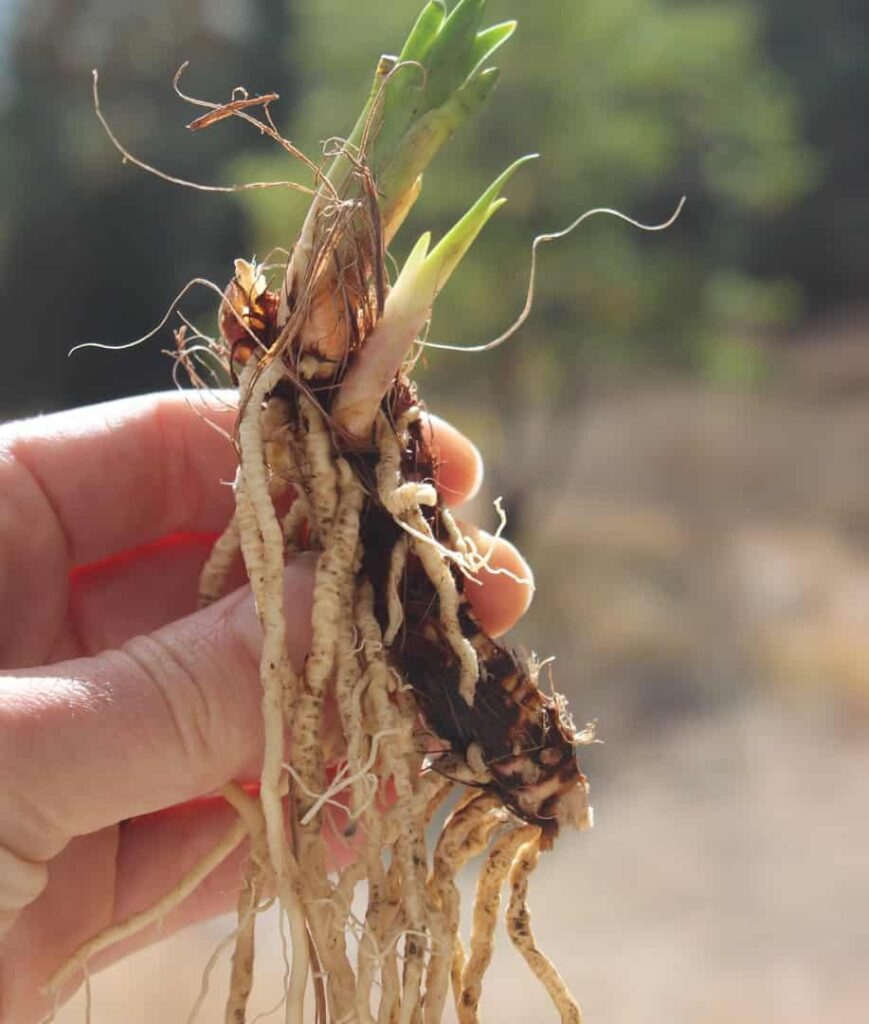
The second principle, Mercury, relates to the spirit of the plant, or the mind or intelligence. I also like to think of it as the energetics of the plant, or how it communicates to the body. This includes its temperature, moistening qualities, and tonal properties. Every plant contains warming, cooling, neutral, moistening, drying, astringent, or relaxant qualities. The energetics of a plant often mirrors the ecosystem that the plant grew in, or the ecosystem of the body that it treats. For example, plants growing in boggy conditions, such as Calamus (Acorus calamus), often treat damp stagnation in the body. In this way, Mercury translates between ecosystem and plant, plant and person… to understand these relationships is to understand the spirit of the plant.
The last principle, Salt, represents the physical properties of the plant, such as its morphology, biochemical constituents, and physical traits easily seen with the naked eye. Through studying and understanding the three alchemical principles, it becomes clear that these three layers of a plant are not separate, but are inextricably linked and tied together.
Alchemy states that the physical and spiritual qualities of a plant are one and that they mirror each other to form a single unit. The body of the plant is not separate from the spirit, and the chemical constituents are merely a physical vehicle through which the intelligence and consciousness of the plant can operate.
Many folks study herbalism in a compartmentalized fashion, using flower essences for the psychospiritual and tinctures for the biochemical. While you can use this method to help people, it offers the illusion that these aspects are separate from each other, when in reality, they are connected as the breath you take.
What does this have to do with astrology? Well, since these Three Principles are connected, it’s critical to have a language that recognizes this, and the best language you can learn that accomplishes this is medical astrology. After all, alchemy and medical astrology are derived from the same core philosophical root (Hermetics). Through this system, you have a single universal language that effectively ties together the physical properties of a plant with its psychospiritual ones so that you can use the whole plant to treat the whole person. A perfect example that illustrates this is the relationship you can see between Mars and Nettles.
The Red Planet
Have you ever seen Mars?
Sometimes if you’re lucky enough, the clouds part at night and you can see this glimmering red planet, one hundred and forty million miles away.
Mars is attributed to the emotional states of irritability, frustration, and anger,. In a positive light, it represents your inner fire and willpower to express yourself in the world through actionable steps. It’s the drive that gets you out of bed each day and springs you into action. This planetary force is dynamic, expressive, and possesses outward-like energy. If your inner Mars is balanced, you will have a strong drive to actualize your values and goals in the world. If you have it in excess, you might struggle with a short temper, irritability, or even violence. If you possess a Mars deficiency, you might experience lethargy, a poor sense of will, and low drive.
From the perspective of medical astrology, Mars rules the immune system, prostate health, adrenal glands, blood flow, and medical conditions relating to the blood, including blood poisoning or loss of blood due to accidents or injury.
Mars possesses a warrior-like energy, expressing itself with its protective actions for the body. While it influences the immune system, it also relates to the adrenal glands as these protect the body through its fight or flight response. When you are in a situation where there is real or perceived danger, your body stimulates the sympathetic nervous system, which results in the secretion of epinephrine or norepinephrine. One of the primary effects of these hormones is to drive blood from your core and into your peripherals, preparing you to run or fight for your safety if needed. This protection mechanism elevates the heart rate, temperature, and stimulates your entire body through its physiological response.
Mars possesses a hot, stimulating, and irritating quality energetically. If you have a lot of Mars in your natal chart, you may experience physical conditions associated with inflammation or irritation of the tissues. Psychologically and emotionally, you might struggle with a short temper, irritability, or excess agitation.
The hypersensitive patterns of heat all relate to Mars, which according to the Ayurvedic tradition, is characterized as a pitta quality. According to the Physiomedicalists, this pattern of an excess of Mars would have been referred to as an “excitation” tissue state, or more simply put, hot.
The key thing to understand here as we explore a little bit about the archetype of Mars, is that the physical qualities and characteristics here are the physical manifestation of the same exact pattern that influences the mind, emotions, as well as its unique spiritual lesson it teaches. There is but one energetic quality of Mars that manifests on various layers of being, but the physical qualities are not separate from the subtle ones. The key to learning medical astrology is to cultivate this capacity to see these patterns and relationships.
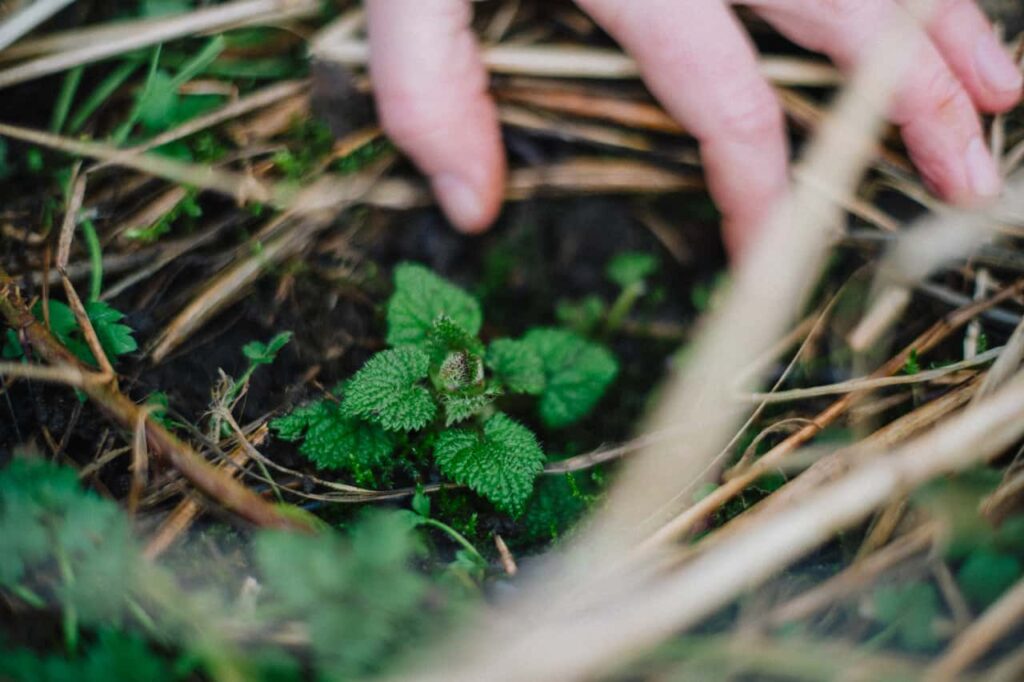
Nettle (Urtica dioica)
If you brush your hand across some nettle leaves, you’ll be left with an “ouch!” and a painful red irritation where your skin made contact.
Nettles (Urtica dioica) are intense. The green leaves of this plant are serrated and studded with thin hairs that contain formic acid. If you touch the plant, it will sting you and cause an irritating rash to bloom. If you feel the area, you will notice that it is hot, red, and painful to the touch. Immediately, you might start to notice some similarities between Mars and Nettles, which is a plant it rules. The intensity of both its morphological pattern and the sensory experience of touching it are immediate Martian signatures.
The Nettle archetypal person is someone who possesses a lot of Mars energy constitutionally or in their natal chart. This can result in excess heat, inflammation, and irritation occurring in the body and mind. Spiritually, Nettles are indicated for folks who often feel on edge, have a short fuse, and experience irritation and frustration to the smallest triggers. Like the leaf, brushing against the Nettles person the wrong way can result in an irritated and inflammatory response.
The physical properties of Nettle correspond to Mars just as the emotional ones do. On the chemical level, Nettles are rich in iron and its main organ affinity is the blood- just like Mars. With its alterative actions, this plant cleanses the blood of impurities and detoxifies it from metabolic waste products. At the same time, Nettles is nutritive and assists in building and strengthening the blood. The root is a specific prostate remedy, a main organ rulership for Mars.
Once you understand the characteristics of Mars, it’s easy to see how this planet impresses itself on Nettles. From its morphology to its organ affinities and even its herbal actions, the essence of Mars is expressed through every aspect of the plant. As you can see, Mars is in a way the thread that weaves together the many different qualities and characteristics of this plant into a single archetypal expression.
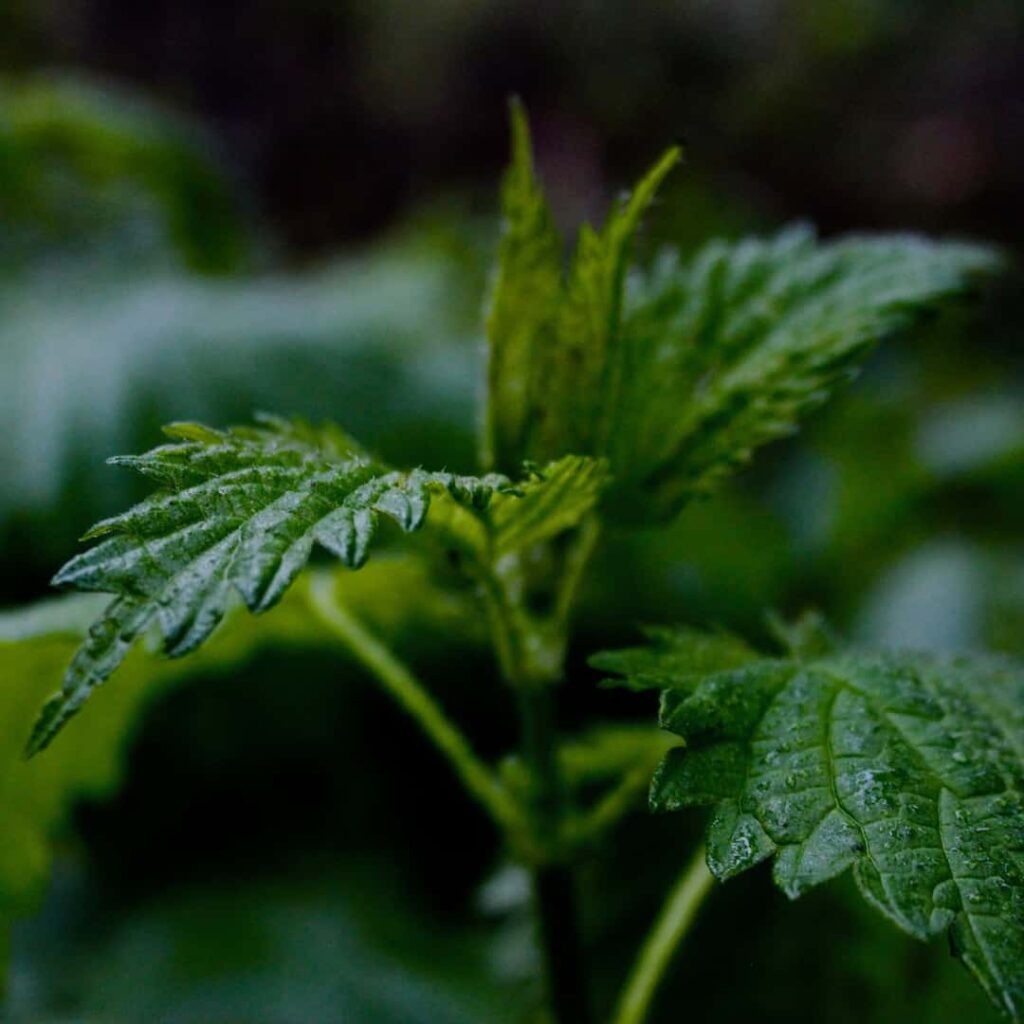
Planetary Medicine
If someone has an excess of a particular planetary force, whether that be Mars, Venus, or any other planet, it is ultimately a calling to balance it and learn how to express its qualities healthily.
You might not think of using a Mars plant for someone with a Mars constitution. After all, wouldn’t that lead to further exacerbation of symptoms? Despite this train of thought, a plant ruled by Mars may actually provide the remedy for excess Mars arising in the body and mind! This is because traditionally in alchemy, the doctrine of sympathetic medicine is used in accordance with planetary rulers. This means that whatever planet is causing the disease or problem in the person is the same that is used in the remedy selecting. Each planet treats its own disease. And yet at the same time, sometimes a plant contains both sympathetic qualities to a planet and antipathetic (opposite) qualities.
For example, although handling Nettles externally can result in topical inflammation, it has the opposite effect when ingested. Taken internally, this plant provides a wonderfully cooling action on the body that disperses damp-heat and stagnation. Nettles is rich in chlorophyll, which is very alkaline and contributes to its cooling and inflammation-modulating effects on the body. Despite this plant being ruled by Mars, it actually treats its excess. Thus we see that Nettles both increases Mars in some ways, and tamps down its excesses in others.
The way I see it, there are seven core patterns to look at within a plant that helps you see it’s correlation to a particular planetary pattern:
- Habitat
- Morphological Pattern
- Parts Used as Medicine
- Taste
- Actions
- Organ System Affinities
- Energetics
Studying these various attributes of a plant and seeing what planet seems to tie them all together, or which planet correlates to those various properties in the plant the most will help get you started down the path of determining planetary correspondences in plants.
Just as the Mars archetype translates perfectly to the human archetype and martian plant, Nettles, you can unlock this understanding with all plants. Becoming proficient in the language of medical astrology and learning how to see the planetary energies reflected in plants can completely transform your herbalism practice.
Instead of peaking through the blinds to catch glimpses of information, it is as if you have pushed the curtains aside, allowing the light of illumination to clarify your studies, understanding, and application of medicinal plants. With this fresh perspective, you have the ability to see the cosmos in your garden and ultimately how they relate to people and provide healing.


